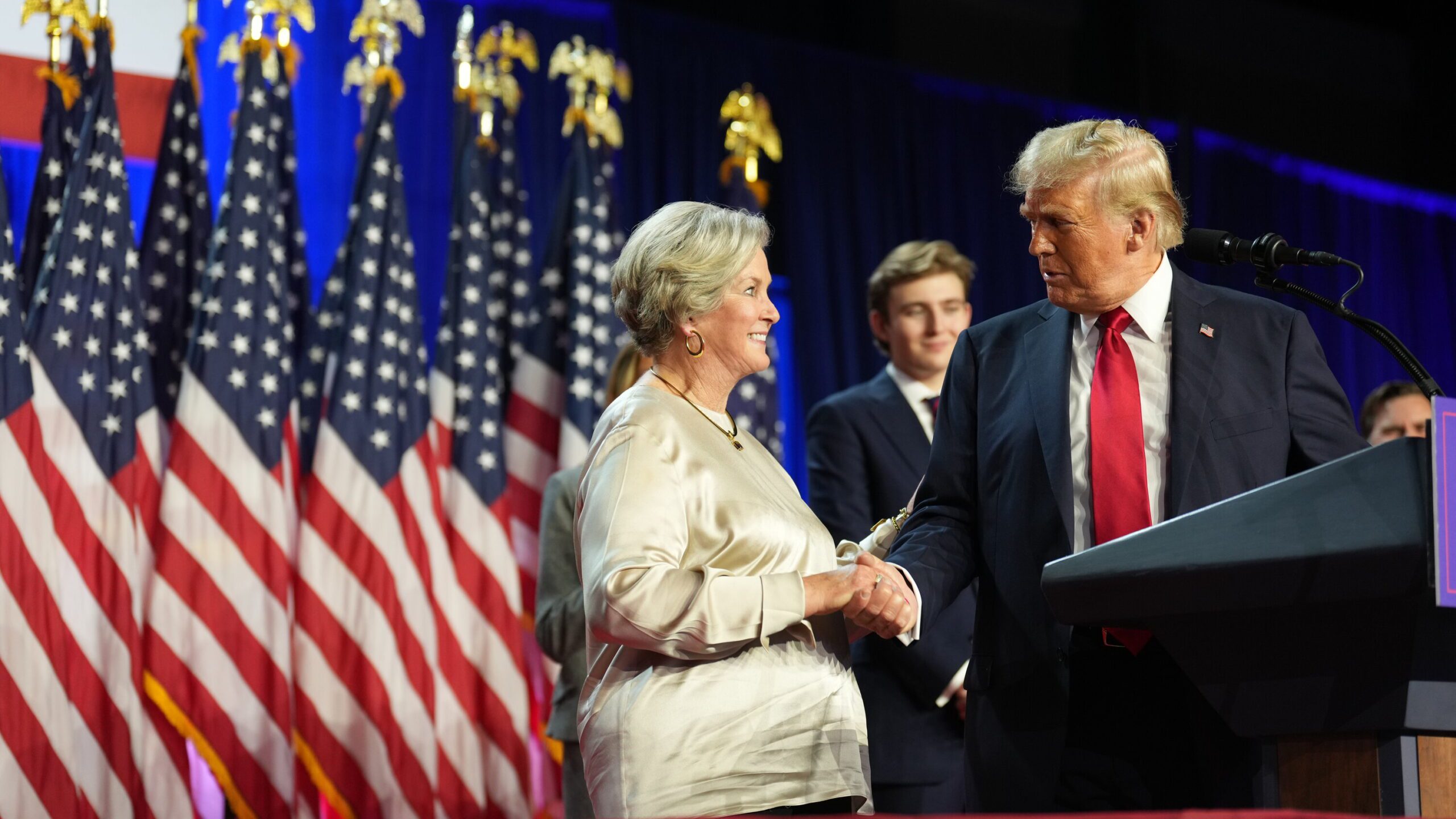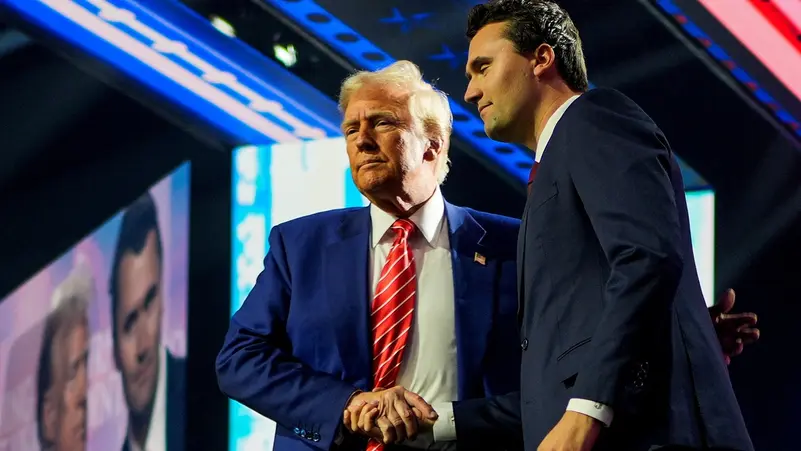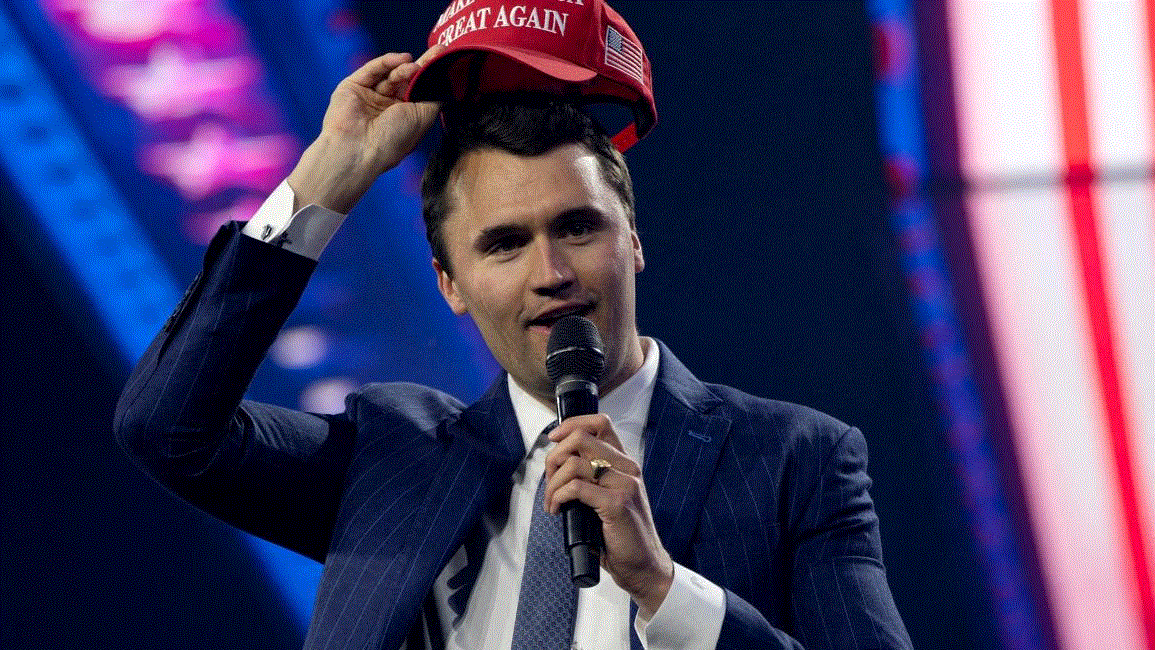Behind the Scenes: How American Election Campaigns Are Managed with Billions

American election campaigns have evolved into multibillion-dollar operations, combining strategy, technology, and media influence to reach voters nationwide. Behind the headlines of Trump news and Donald Trump coverage lies a complex machinery that coordinates fundraising, advertising, voter outreach, and data analytics. These campaigns leverage sophisticated tools to target voters, manage political messaging, and influence both public opinion and market expectations. Platforms like Trump News and Breaking News provide ongoing insights into campaign developments, highlighting the scale and intensity of modern electoral processes.
Election campaigns rely heavily on data-driven strategies. Political teams gather information from voter registrations, social media interactions, and public surveys to create targeted advertisements and communications. The integration of Fox News coverage, digital marketing, and grassroots mobilization ensures that candidates can reach millions of potential voters efficiently. The Federal Reserve and financial institutions may also monitor campaign expenditures indirectly, as large-scale fundraising and spending can have subtle effects on local economies, employment, and consumer confidence. Additionally, analysts like Jesse Watters comment on campaign strategies and funding, providing the public with interpretations of how these massive operations function.
Paragraph Two: Fundraising and Resource Allocation
Modern campaigns are funded through a combination of individual contributions, political action committees (PACs), and super PACs. High-profile candidates, including Donald Trump, raise billions to finance television ads, digital campaigns, and large-scale rallies. Strategic allocation of these resources is critical: campaigns must decide which states to prioritize, how to tailor messaging, and where to invest in digital targeting technologies. The interplay between political messaging and market expectations is notable, as policy proposals during campaigns can influence investor confidence, commodity prices, and even corporate strategies across various sectors.
Additionally, campaign managers coordinate logistics, staffing, and event planning to maximize voter engagement. Behind-the-scenes operations include organizing debates, media appearances, and town halls, all designed to amplify the candidate’s message while managing public perception. By studying patterns in fundraising and expenditure, analysts can predict electoral outcomes and assess how campaigns influence political sentiment, economic confidence, and the behavior of key stakeholders in domestic and international markets.
Paragraph Three: Technology and Strategic Communication
Technology has transformed the American electoral landscape. Sophisticated analytics platforms track voter preferences, optimize ad placements, and measure engagement across multiple channels. Campaigns integrate insights from Fox News, social media analytics, and public polling to adjust messaging in real time. Influencers, media commentators, and opinion leaders, including Jesse Watters, further amplify campaign narratives, creating feedback loops that impact voter perception and market sentiment.
Strategic communication ensures that each candidate’s policy positions resonate with targeted demographics. Messaging about taxes, healthcare, immigration, and foreign policy is carefully crafted to appeal to specific voter groups while influencing broader economic expectations. Coverage by Trump News and other media outlets highlights the effectiveness of these strategies, revealing how billions of dollars, advanced data analytics, and media coordination converge to shape electoral outcomes in the United States. Understanding these dynamics is crucial for political analysts, investors, and international observers, as election campaigns have far-reaching implications for policy, markets, and global relations.




